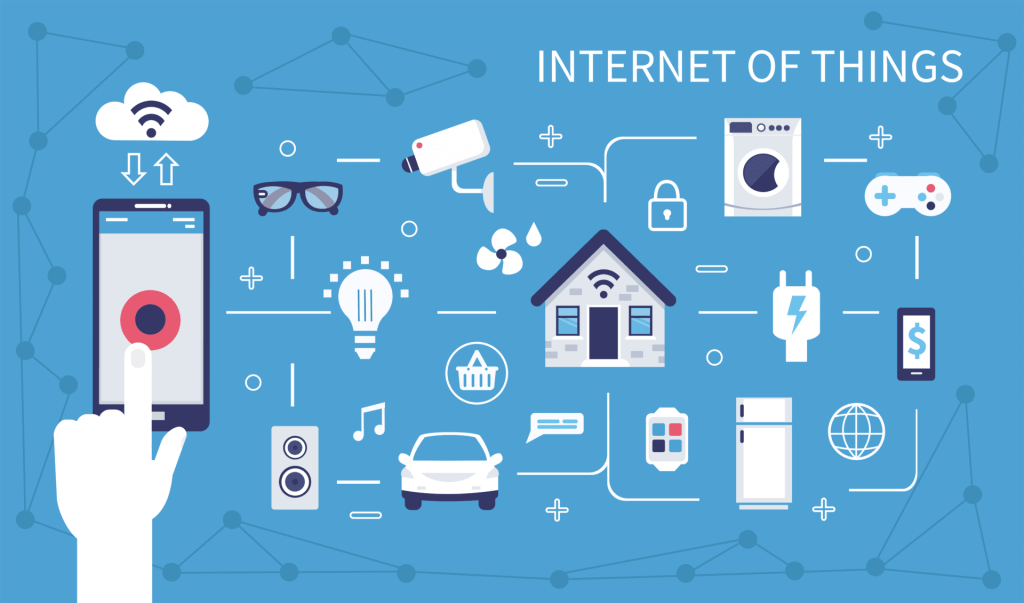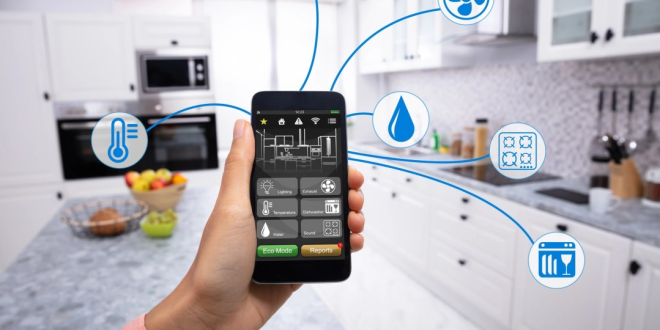
What is an IoT Hub?
An IoT hub is a centralized device or platform designed to manage, coordinate, and communicate between multiple IoT devices within a network. It acts as a bridge that enables different types of smart devices—such as sensors, actuators, and cameras—to work together harmoniously. Typically, an AI and IoT hub supports various communication protocols and standards, allowing it to connect with a diverse range of devices regardless of their manufacturer or the technology they use.
Benefits of Using an IoT Hub
- Centralized Control:
With a hub, you gain a single point of control for all your smart devices. This centralization simplifies management, reduces the complexity of monitoring multiple devices, and allows for more streamlined operations. - Enhanced Interoperability:
IoT hubs support multiple communication protocols, such as Zigbee, Z-Wave, and Wi-Fi, enabling devices with different standards to communicate and work together seamlessly. This interoperability is crucial for creating a unified smart environment. - Improved Security:
By consolidating device management through a single hub, you can enhance security. The hub can manage updates, enforce security protocols, and monitor for any unusual activity, providing a more secure environment compared to managing each device individually. - Scalability:
As your IoT ecosystem grows, an IoT device makes it easier to add new devices and integrate them into your system. This scalability ensures that your IoT network can expand to meet future needs without requiring a complete overhaul. - Simplified Automation:
IoT hubs often come with built-in automation features that allow you to set up complex scenarios and routines. For example, you can program the hub to automatically adjust your home’s lighting and thermostat based on your daily schedule or preferences.
Incorporating an IoT Hub into Your System
- Choose the Right Hub:
Select an IoT hub that supports the communication protocols and standards used by your devices. Ensure it has the necessary features to meet your specific needs, such as remote access, automation capabilities, and compatibility with your existing devices. - Setup and Configuration:
Follow the manufacturer’s instructions to set up your IoT hub. This usually involves connecting the hub to your network, configuring device connections, and setting up any necessary software or apps. - Integrate Devices:
Connect your smart devices to the IoT hub according to the instructions provided by the hub and device manufacturers. Ensure that all devices are properly paired and functioning correctly within the hub’s ecosystem. - Create Automations and Scenes:
Utilize the hub’s software to create automation rules and scenes that fit your lifestyle. For example, you might set up a scene that turns off all lights and lowers the thermostat when you leave home. - Monitor and Maintain:
Regularly check the hub’s software and firmware for updates to keep your system secure and functioning optimally. Monitor device performance and adjust settings as needed to ensure everything operates smoothly.
The Future of IoT with IRVINEi AI and IoT Hub
As the demand for smart home and business solutions continues to rise, having an efficient IoT hub becomes increasingly important. IRVINEi offers an advanced AI and IoT Hub solution tailored specifically for homes and businesses. This platform combines cutting-edge AI with robust IoT hub capabilities, providing a seamless and intuitive experience for managing your smart environment. With IRVINEi’s OVAL AI, you can effortlessly integrate and control your devices, enhance automation, and leverage AI-driven insights to optimize your smart system’s performance. Whether you’re looking to upgrade your home or streamline your business operations, IRVINEi delivers a sophisticated solution that meets your evolving needs.


